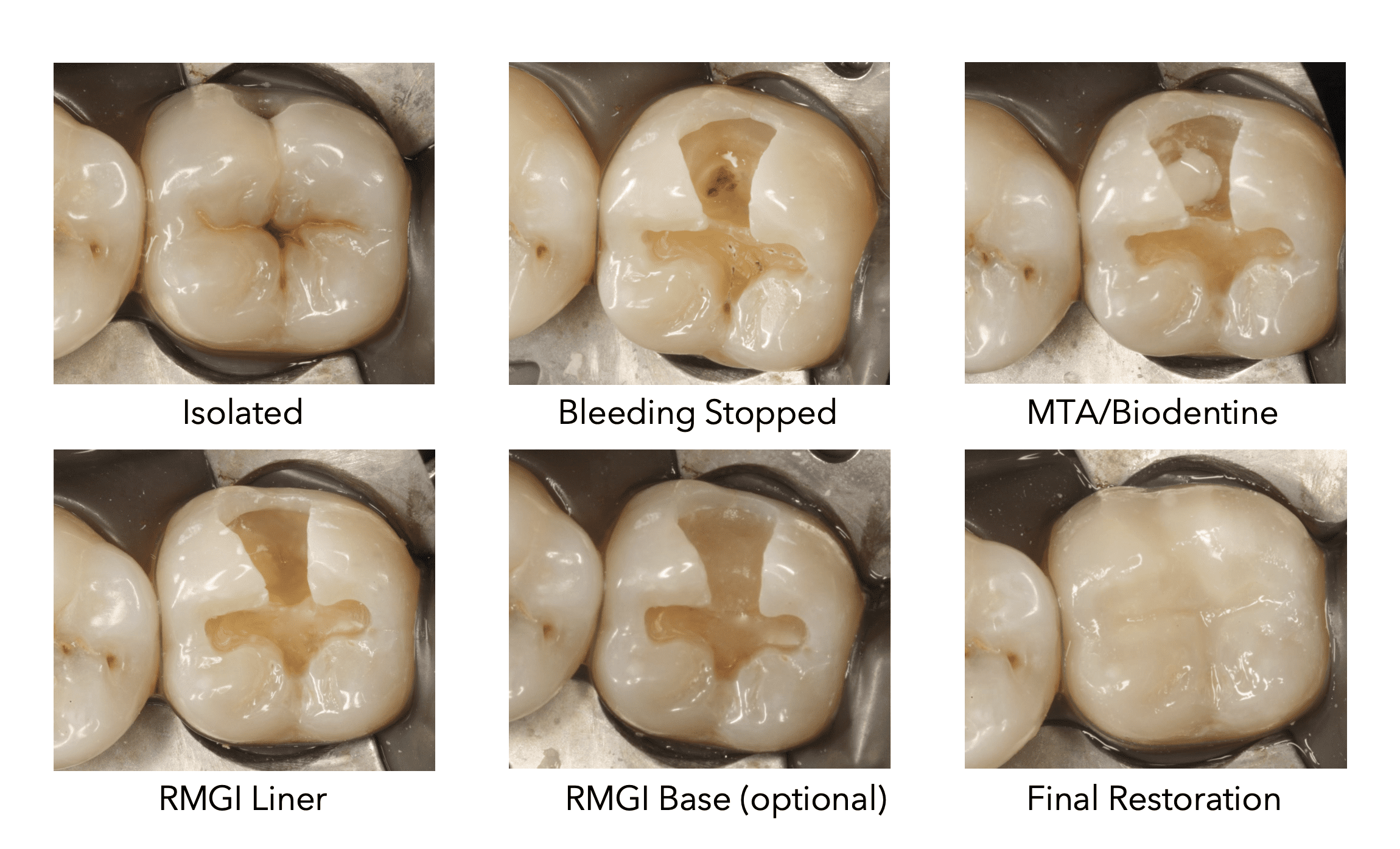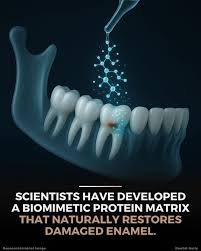Pulp capping is a dental procedure. It preserves the vitality of the dental pulp in cases where a deep cavity threatens to expose or has minimally exposed the pulp tissue. Moreover, it is a conservative treatment that prevents the need for root canal therapy or tooth extraction by promoting the healing and repair of the pulp tissue.
Types of Pulp Capping
Direct Pulp Capping: Dentists use it when the pulp is exposed due to deep decay or mechanical trauma. They apply a biocompatible material directly over the exposed pulp to protect it and promote healing.
Indirect Pulp Capping: Dentists perform it when the cavity is very deep but pulp is not exposed. But it is very close to exposure due to the proximity of the cavity. Dentists leave a layer of decayed dentin over the pulp to avoid direct exposure, and apply protective material to stimulate the formation of reparative dentin.
Advantages of Pulp Capping
- Preserves the natural tooth structure.
- Avoids the need for root canal treatment.
- Encourages natural healing of the pulp tissue.
- Cost-effective compared to more invasive procedures.
In which cases dentists suggest Pulp Capping?
- Deep cavity with no signs of pulp infection or irreversible pulpitis.
- Exposure of the pulp due to mechanical trauma.
- No spontaneous pain besides abscess formation.
- A tooth with a healthy root region on radiographs.
In which cases Pulp Capping is not possible?
- Presence of irreversible pulpitis or necrotic pulp.
- Severe pain or abscess formation.
- Large pulp exposure with bleeding that cannot be controlled.
Risks and Complications
Failure to seal the pulp adequately may lead to bacterial contamination and pulp necrosis.
In some cases, the tooth may still require a root canal if symptoms persist.
Success depends on proper diagnosis, technique, and material selection.
Post-Treatment Care
Avoid chewing on the treated tooth until the final restoration is complete.
Maintain excellent oral hygiene to prevent further decay.
Follow up with the dentist regularly to monitor the success of the procedure.





